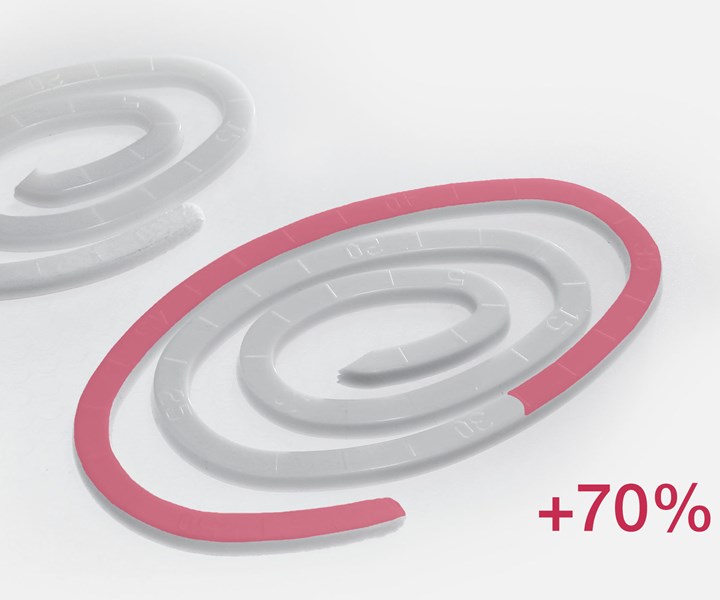Additives: Flow Enhancers for Semi-Aromatic Nylon
Bruggemann’s Bruggolen TP-P1810 said to be the first flow enhancer for aromatic nylons.
What is said to be the first flow enhancer for semi-aromatic nylons is now commercially available from Germany’sBruggemann (U.S. office in Newton Park, Penn.). Bruggolen TP-P1810 joins the company’s Bruggolen TP-P1507 which is already used worldwide for aliphatic versions such as nylon 6, nylon 66, and nylon 12. The result is that the company now offers flow enhancers for the entire spectrum of nylons.
Both Bruggolen TP-P1810 and TP-P1507 have been shown to demonstrate very significant improvements in melt flow while retaining the mechanical properties of finished components. Supplied in pellet form, they are reportedly easy to dose and disperse during direct injection molding and compounding.

Trials carried out with well-known independent testing laboratory RJG Technologies, Traverse City, Mich., clearly revealed that Bruggolen TP-P1810 enabled in excess of 20% cycle time reduction during molding and, significantly, allowed filled compounds containing 50% and more of glass fiber to be injection molded into very intricate and complex shapes. For example, during molding tests, the flow spiral of a semi-aromatic nylon reinforced with 50% glass fiber was lengthened by 70% at a dosing rate of only 1.5% TP-P1810.
Much-improved color and appearance of the resultant molded parts are also claimed. Alternatively, by allowing a 30 C /86 F reduction in melt temperature, the additives clear the way to gentler processing and reduced energy consumption. Said Bruggemann’s head of polymer additives Dr. Klaus Bergmann, “With the continually tightening emissions regulations we are seeing the pursuit for ever lighter components. Bruggolen TP-P1810 and TP-P1507 are key tools to help our customers make this happen.”
Related Content
-
Atop the Plastics Pyramid
Allegheny Performance Plastics specializes in molding parts from high-temperature resins for demanding applications as part of its mission to take on jobs ‘no one else does.’
-
Trinseo Starts Up PMMA Depolymerization Facility
The Italian facility’s chemical recycling process returns acrylics, including PMMA sheets, to monomer methyl methacrylate (MMA)
-
Neste, Borealis and Covestro Plan to Make Polycarbonate From Recycled Tires
Companies announced agreement that will use advanced recycling to convert old tires into new PC-suitable for automotive applications.







